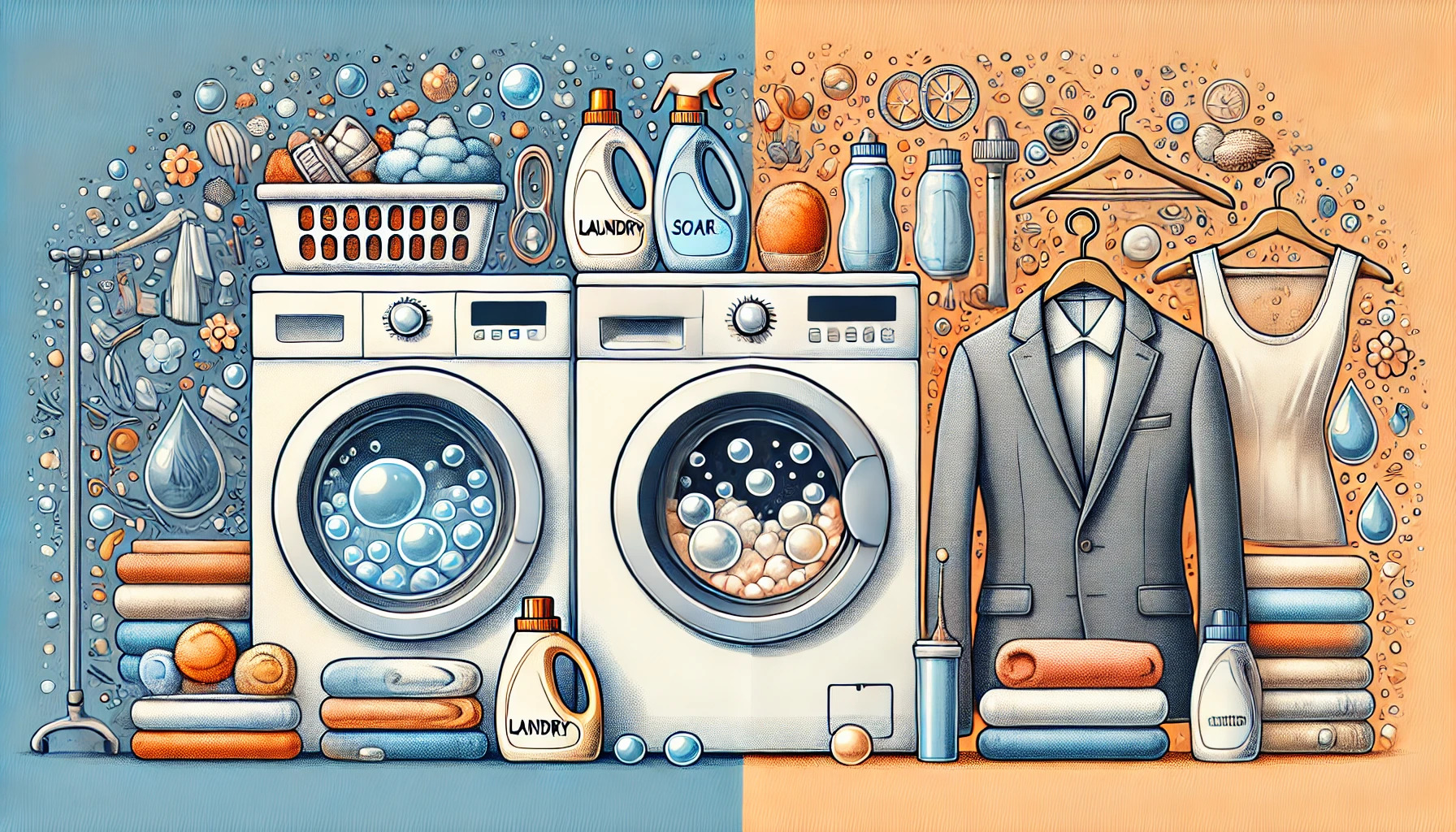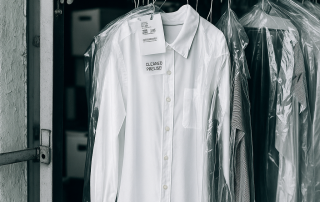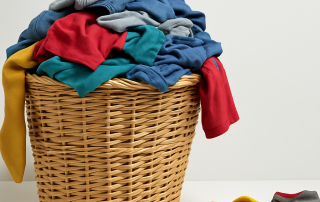When it comes to keeping your clothes fresh and clean, there are two primary methods: laundry and dry cleaning. While both processes aim to remove dirt, stains, and odors from your garments, they differ in technique, cleaning agents, and the types of fabrics best suited for each. Knowing the difference between laundry and dry cleaning can help you determine the best care for your clothes. In this article, we’ll break down the distinctions between these two cleaning methods so you can make informed decisions for your wardrobe.
The Laundry Process
Laundry is something most people are familiar with, as it’s the traditional way of cleaning clothes using water and detergent. It involves submerging garments in water mixed with cleaning agents, then agitating them to loosen dirt, stains, and oils. After the cleaning cycle, clothes are rinsed, spun to remove excess water, and often dried using heat or air.
Key Elements of Laundry:
Water-based cleaning: The primary cleaning agent in laundry is water, which helps dissolve water-soluble dirt and stains.
Detergents and Softeners: Detergents are used to break down oils and dirt, while fabric softeners are often added to reduce static cling and soften fabrics.
Agitation: Washing machines typically agitate the clothes to physically loosen dirt and grime.
Drying: Clothes are dried using heat (in a dryer) or air drying. Heat can shrink or damage delicate fabrics. Laundry is excellent for everyday wear such as cotton t-shirts, jeans, and activewear. However, not all fabrics can withstand the water and heat used in this method.
The Dry Cleaning Process
On the other hand, dry cleaning does not use water. Instead, it relies on chemical solvents to clean fabrics. The term “dry cleaning” can be misleading because the clothes do get wet, but they’re submerged in a liquid solvent rather than water.
Key Elements of Dry Cleaning:
Chemical solvents: The cleaning agent is typically a liquid solvent like perchloroethylene (commonly called “perc”) or hydrocarbon solvents. These are effective in removing oil-based stains.
No water involved: Since no water is used, dry cleaning is ideal for fabrics that would be damaged by moisture, such as silk, wool, and certain synthetics.
Gentle agitation: Clothes are cleaned in a machine that gently tumbles them in the solvent. This process is less aggressive than the agitation in laundry machines.
Pressing and finishing: After cleaning, garments are pressed and steamed to remove wrinkles, giving them a crisp finish. Dry cleaning is best for delicate fabrics, formal wear, and items with embellishments or materials that could shrink, stretch, or be damaged by water.
What Fabrics Require Dry Cleaning?
If you’ve ever noticed a “dry clean only” label on your clothing, it’s essential to follow that recommendation to preserve the fabric. Some fabrics are sensitive to water and heat, which makes dry cleaning a safer option. Here’s a breakdown of fabrics that should generally be dry cleaned:
Silk: This luxurious fabric can lose its shape and luster if exposed to water.
Wool: Wool tends to shrink when washed with water, so it’s better to dry clean woolen garments.
Leather and Suede: Water can cause these materials to stiffen and crack, making dry cleaning the ideal solution.
Rayon: A semi-synthetic fabric, rayon is prone to shrinking in water.
Linen: While some linens can be laundered, the fabric can become wrinkled and lose its crispness when washed at home.
Laundry vs. Dry Cleaning: Stain Removal
One of the main reasons people choose between laundry and dry cleaning is the type of stains they need to remove. Here’s how each method handles different stains:
Laundry: Water-based stains, such as sweat, coffee, and juice, are more easily removed with laundry since water is highly effective at breaking down these stains. Laundry detergents are also designed to tackle a broad range of everyday stains.
Dry Cleaning: Oil-based stains, such as grease, makeup, and salad dressing, respond better to dry cleaning solvents. Since water and oil don’t mix, laundry can struggle with these stains, while dry cleaning chemicals can effectively dissolve them.

Environmental Impact
Another consideration when deciding between laundry and dry cleaning is the environmental impact. Traditional laundry uses a significant amount of water, energy (for heating water and running dryers), and detergents that may contain chemicals harmful to aquatic life. However, eco-friendly laundry detergents and energy-efficient appliances can help mitigate some of these effects. Dry cleaning, particularly when using solvents like perchloroethylene, has a reputation for being less environmentally friendly. “Perc” is classified as a hazardous air pollutant, and improper disposal can harm the environment. Many modern dry cleaners, however, have started using more eco-friendly solvents such as hydrocarbon or silicone-based cleaners that have a lower environmental impact.
Cost Difference
Cost is another notable difference between laundry and dry cleaning. Typically, laundry is more affordable because it doesn’t require specialized solvents or equipment. You can easily do laundry at home, making it cost-effective for everyday clothing. Dry cleaning, on the other hand, is more expensive. The specialized chemicals, machinery, and expertise needed to handle delicate fabrics come at a higher price point. However, the investment is often worth it for items that need gentle care, like formal attire, suits, or delicate dresses.
Convenience Factor
For those juggling a busy schedule, convenience might be the deciding factor. Laundry is something most people can handle at home with basic appliances. It’s easy to toss a load in the washing machine while multitasking. Dry cleaning, however, requires a trip to a professional cleaner. Some dry cleaners, like Nettoyeur Northside, offer pickup and delivery services, making the process more convenient. But for those looking for an immediate solution, laundry might be more convenient for everyday items.
Longevity of Garments
One of the most significant differences between laundry and dry cleaning is how each method affects the longevity of your clothes. Regular laundering can be hard on delicate fabrics, causing them to wear out more quickly. Over time, the heat and agitation can weaken fibers, fade colors, and shrink garments. Dry cleaning, being a gentler process, can help preserve the quality and structure of delicate or high-quality fabrics. However, dry cleaning too frequently can also cause some fabrics to become brittle over time due to the chemicals used. It’s about finding the right balance between the two methods.
When to Choose Laundry:
For everyday wear made of durable fabrics like cotton, polyester, and denim.
When you need to remove water-based stains.
For items that can be washed at home to save time and money.
When to Choose Dry Cleaning:
For delicate fabrics like silk, wool, or linen.
For items with heavy oil-based stains.
When you want to preserve the shape and structure of formal or expensive garments.
Conclusion
Understanding the difference between laundry and dry cleaning can help you extend the life of your clothing and keep them looking their best. Laundry is an effective, convenient, and affordable method for cleaning everyday items, but it can be harsh on delicate fabrics. Dry
cleaning, on the other hand, is essential for materials that can’t handle water and for removing stubborn oil-based stains. Both cleaning methods have their place in your wardrobe maintenance routine. By knowing when to use each method, you’ll ensure that your clothes look great and last as long as possible.
Check out our Facebook for more!
FAQs
Can I dry clean clothes at home?
While some home kits mimic dry cleaning, they are not as effective as professional services. For delicate or valuable items, it’s best to go to a professional cleaner.
Why do some clothes say “dry clean only”?
These garments are typically made from fabrics that can shrink, stretch, or lose color when exposed to water and heat, making dry cleaning the safest cleaning method.
What happens if I wash something that should be dry cleaned?
Depending on the fabric, it may shrink, lose its shape, or become damaged. Always check the care label before washing.
Is dry cleaning bad for the environment?
Traditional dry cleaning solvents like “perc” can be harmful, but many cleaners now use eco-friendly alternatives to reduce their environmental impact.
How often should I dry clean my clothes?
It depends on the garment and how often it’s worn. Formal or delicate items that aren’t worn regularly can be cleaned less frequently, while items like suits may need more regular cleaning.





